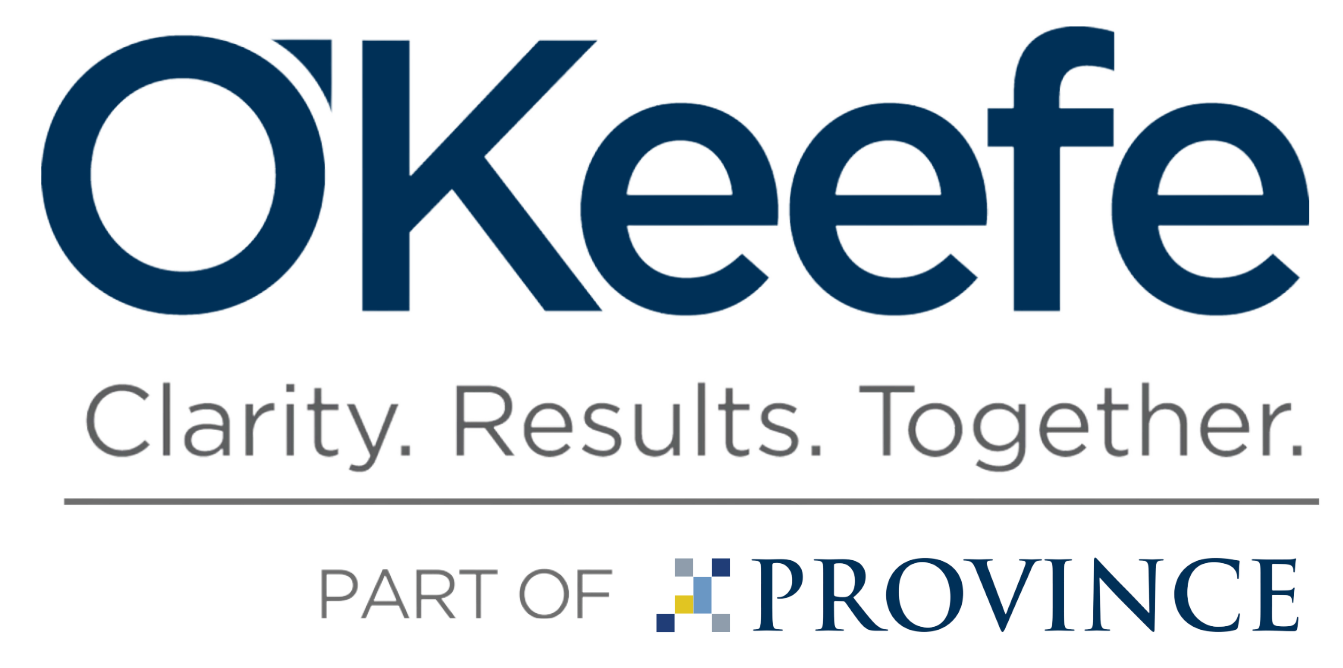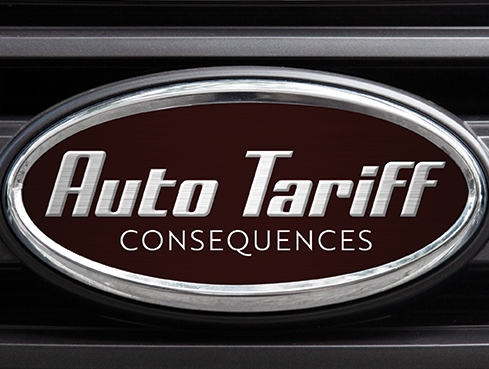Auto Tariff Consequences
Perhaps the most obvious group impacted by President Trump’s steel and proposed auto parts tariffs, at least in metro-Detroit, is the automotive industry. The most ecstatic group in support of the tariffs on imported steel to the U.S. is, not surprisingly, U.S. steel makers. Nucor, the largest steel company in the U.S., has already seen increased revenue in the second quarter of 2018, which it’s at least partly attributing to the tariffs. U.S. Steel restarted operations at a plant in Illinois in response to the tariffs. Steel makers are happy. Steel consumers, like auto suppliers and OEMs, aren’t going to see the same positive impact.
The number of steel-consuming companies in the U.S. significantly outweighs the number of steelmaking companies in the U.S. The steel tariff is contributing to a higher demand for domestically-produced steel and thus, lower overall steel supply in the U.S. A simple solution for U.S. auto suppliers would be to make the switch from foreign-supplied steel to U.S.-supplied steel; however, the switch isn’t so simple. U.S. auto suppliers aren’t able to
easily switch to domestic steel because of a variety of factors, such as rising prices, existing contracts with foreign suppliers, and lack of availability due to supply and demand constraints. In addition, new proposed auto parts tariffs are adding to the uncertainty and fear of U.S. auto suppliers. Someone in the supply chain will need to absorb the increased costs from the tariffs, which is going to start with auto suppliers and end with a portion
paid by the consumer.
Auto suppliers will have to make some significant decisions on how they will handle the new tariffs – whether they will absorb the cost or try to pass it on to their customers. Some auto suppliers aren’t able to pass the costs along to their customers because of long-term contracts already in place. Supply contracts often include provisions for the risk of fluctuating commodity prices, such as steel, but don’t necessarily reference fluctuating tariffs. If the contracts do protect the supplier with regard to increasing tariffs, the customers may end up bearing some of the risk. Other suppliers aren’t large enough to absorb the substantial increase in costs, even if contractually obligated to do so. Suppliers and their customers will likely have to negotiate a solution. For those suppliers who
do survive the tariffs in the short-term, cost-cutting and price increases are necessary to continue operations. Cost-cutting may lead to increased unemployment and more negative impacts. An analysis by the Peterson Institute for International Economics stated that a 25% tariff on foreign cars and auto parts would lead to a 5% decrease in employment in the auto sector. Price increases will be passed along to the consumer. Estimates for the increase in new car prices due to a 25% auto parts tariff range from $1,000 to $5,000 per vehicle.
Although there is much opposition to the President’s new tariffs, the full direct impact on the U.S. economy is unknown. The tariffs are expediting global trade discussions, which may result in swift changes in any direction.


